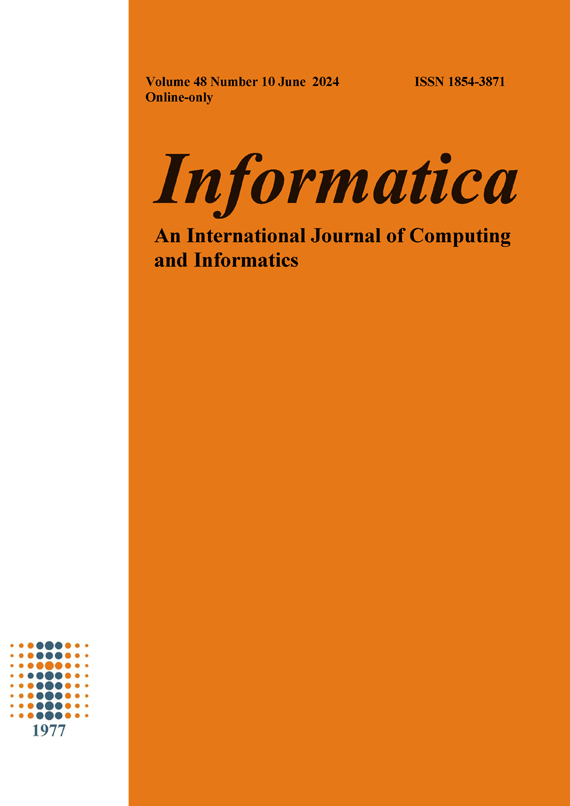Digital Tourism Recommendation and Route Planning Model Design Based on RippleNet and Improved GA
DOI:
https://doi.org/10.31449/inf.v48i10.5790Abstract
Tourism recommendation and route planning are important applications of smart tourism. To achieve digital tourism that integrates tourist attraction recommendation and route planning, this study first integrates RippleNet, an item representation enhancement module, and a knowledge graph to construct a new tourist attraction recommendation model. Secondly, to address the deficiencies of the genetic algorithm, it improves the population initialization and searching ability and designs the route planning model between tourist attractions. The experimental results indicated that the research-designed recommendation model had superior results in the evaluation of average accuracy mean and receiver operating characteristic curve, the average accuracy mean was higher than 0.9, and the curve area reached 0.924. At the same time, the model's root-mean-square error was as low as 0.316, the average absolute error was as low as 0.247, and the maximum of the R-squared index reached 0.844, and the Huber loss The lowest value was 0.215. The combined metrics verified the superiority of the model. The mean inverse ranking and comprehensive coverage verified the recommended utility of the model. In addition, the improved genetic algorithm's hypervolume index and anti-generation distance evaluation index indicated the rationality of the improved strategy, with clear path planning results and high scores of path fluency and rationality. This research can enhance the level of tourism service function, realize the personalized customized service of tourism travel, and enrich the tourists' experience to promote the development of digital tourism economy.
Downloads
Published
Issue
Section
License
I assign to Informatica, An International Journal of Computing and Informatics ("Journal") the copyright in the manuscript identified above and any additional material (figures, tables, illustrations, software or other information intended for publication) submitted as part of or as a supplement to the manuscript ("Paper") in all forms and media throughout the world, in all languages, for the full term of copyright, effective when and if the article is accepted for publication. This transfer includes the right to reproduce and/or to distribute the Paper to other journals or digital libraries in electronic and online forms and systems.
I understand that I retain the rights to use the pre-prints, off-prints, accepted manuscript and published journal Paper for personal use, scholarly purposes and internal institutional use.
In certain cases, I can ask for retaining the publishing rights of the Paper. The Journal can permit or deny the request for publishing rights, to which I fully agree.
I declare that the submitted Paper is original, has been written by the stated authors and has not been published elsewhere nor is currently being considered for publication by any other journal and will not be submitted for such review while under review by this Journal. The Paper contains no material that violates proprietary rights of any other person or entity. I have obtained written permission from copyright owners for any excerpts from copyrighted works that are included and have credited the sources in my article. I have informed the co-author(s) of the terms of this publishing agreement.
Copyright © Slovenian Society Informatika








